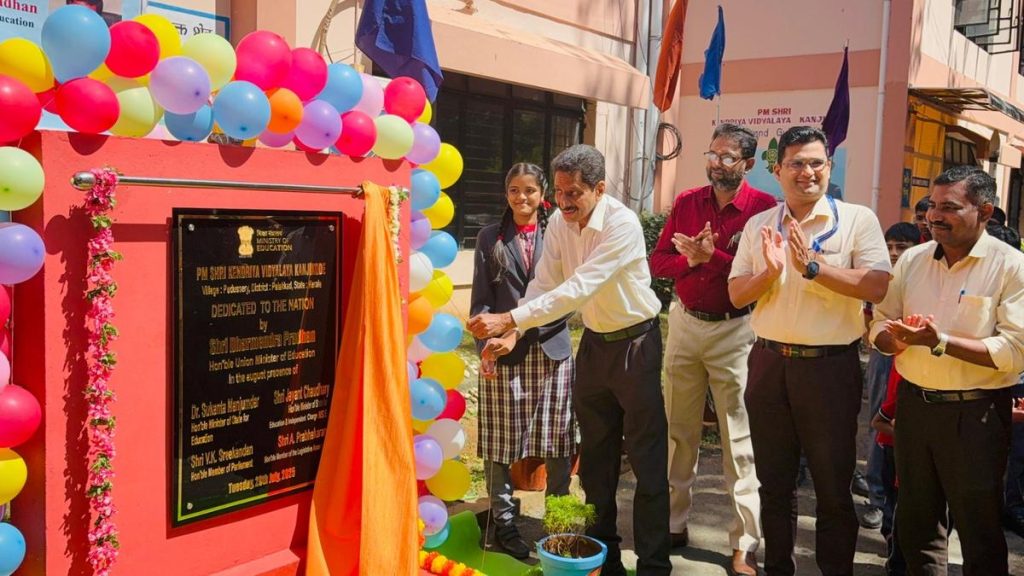Now Reading: Two-Fingered Dinosaur Used Giant Claws for Leaf Eating
-
01
Two-Fingered Dinosaur Used Giant Claws for Leaf Eating
Two-Fingered Dinosaur Used Giant Claws for Leaf Eating

Rapid Summary
- A new dinosaur species named Duonychus tsogtbaatari has been discovered in Mongolia’s Gobi Desert, initially unearthed in 2012 and recently studied.
- This species, dated to the Cretaceous Period approximately 90 million years ago, features the largest fully preserved claw found-nearly 30 cm long.
- The fossil includes parts of its pelvis, arms, hands, and vertebrae. It was a herbivorous theropod with two functional fingers per hand-the first known therizinosaur to have lost a digit.
- The genus name Duonychus means “two claws,” and the species honors Mongolian paleontologist Khishigjav Tsogtbaatar.
- Estimated size: 3 meters long; weight: approximately 270 kilograms.
- Researchers suggest its claws where adapted for grasping branches and pulling vegetation closer to its mouth. the keratin sheaths on these claws made them longer and more curved than previously preserved bony cores seen in other fossils.
Indian Opinion Analysis
The discovery of Duonychus tsogtbaatari, with prominent anatomical deviations like two fingers instead of three among therizinosaurs, offers valuable insights into evolutionary adaptations among herbivorous dinosaurs. Such findings deepen our understanding of biodiversity during the Cretaceous Period while showcasing remarkable preservation thanks to keratin-which rarely fossilizes under normal circumstances. From a scientific standpoint relevant to India’s own palaeontological efforts (e.g., finds from Gujarat), this highlights international advancements that could inspire similar exploration practices domestically in less-studied regions like India’s Thar desert or Eastern Ghats. Interdisciplinary models combining precision excavation with creative hypotheses may encourage Indian researchers to pursue groundbreaking studies equally significant for global dinosaur evolution narratives.

























